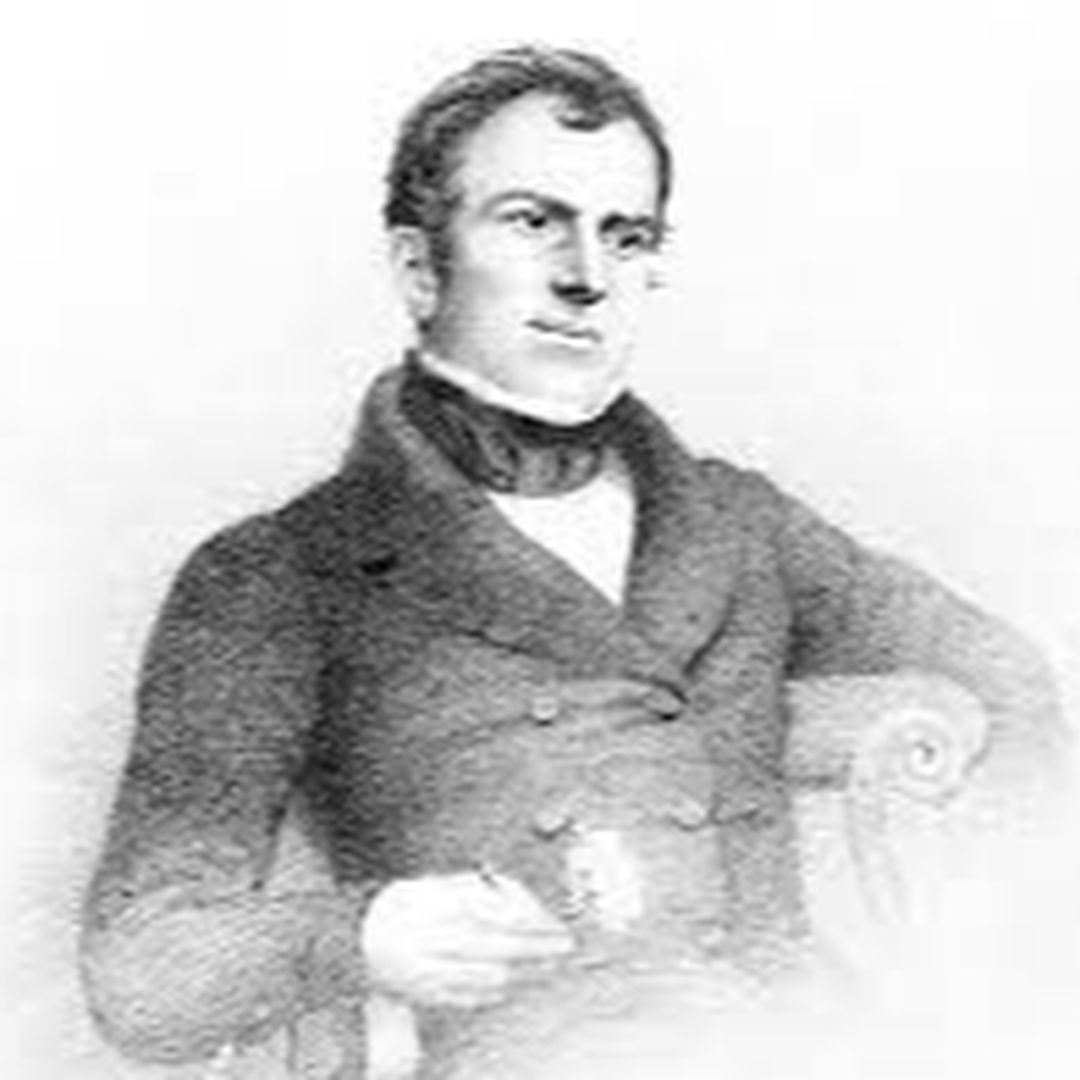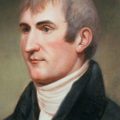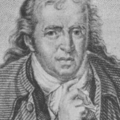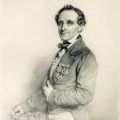William Griffith
Global Discoveries
February 9, 1845
Today is the anniversary of the early death of the promising English botanist and naturalist William Griffith.
William’s peers in Madras, India, honored him with a plaque that said,
“He had attained to the highest eminence in the scientific world; and was one of the most distinguished botanists of his age.”
William was exceptionally bright and fit. Confident and capable, William made one discovery after another on his expeditions across the globe.
But in researching William, while I discovered a man who was unquestionably intelligent and driven, he was also embroiled in a personal battle against a fellow botanist - an older peer named Nathaniel Wallich.
One of the great botanists of his age, Nathaniel, was in charge of the Botanical Garden in Calcutta, India. During his time in India, he wrote a Flora of Asia, and the palm Wallichia disticha (“wall-IK-ee-uh DIS-tik-uh”) was named in Wallich’s honor. In 1824, Nathaniel was the first person to describe the giant Himalayan Lily (Cardiocrinum giganteum) - the world's largest Lily species. If you want to grow giant Himalayan Lilies (and who wouldn’t?), expect blooms anytime after year four.
Richard Axelby wrote an excellent in-depth paper sharing the sad story of dislike and mistrust between William Griffith and Nathaniel Wallich. It’s a fascinating read, underscoring the damage that can be done when people don’t get along.
In a nutshell, when William arrived at the botanical garden in Calcutta, he essentially played the role of the new sheriff in town, and he didn’t like the way Nathaniel had organized the garden. He didn’t like Nathaniel’s arrogance and adherence to the old practices. For his part, Nathaniel hadn’t anticipated this kind of challenge to his authority; He had hoped to finish out his final years respected and revered until he received his pension and returned to England.
When Nathaniel’s health deteriorated, he was forced to leave the Calcutta Botanical Garden and went to the Cape of Good Hope in South Africa to recover. During his absence, William went to work.
After being in charge of the garden, William planned a complete renovation. In hindsight, William’s feelings likely got in the way of exercising a more thoughtful redesign. He essentially threw the baby out with the bathwater. For instance, visitors to the garden loved an avenue of stately Cycas trees, but they were wiped out.
William’s total dedication to organizing the garden by classification meant that aesthetics and common sense were secondary, proving detrimental to the garden. Plants that had thrived under the canopy of established trees and shrubs were suddenly exposed to the harsh Indian sun, and they burned and perished out in the open.
And even if he could be a difficult man to work with, it’s hard not to imagine the shock Nathaniel experienced when he returned to the garden in the summer of 1844 and saw the complete devastation in every bed, every planting, and every corner of the garden. Nothing was untouched - it had all been changed.
And as Nathaniel returned to the garden that summer, William was preparing to leave. In September, he married his brother’s wife’s sister - Emily Henderson - by the end of the year, on December 11th, he quit and left the garden for good.
Two months later, on February 8, 1845, Nathaniel poured out his pain in a letter to his old friend William Hooker:
“Where is the stately, matchless garden that I left in 1842?
Is this the same as that?
Can it be?
No–no–no!
Day is not more different from night that the state of the garden as it was from its present utterly ruined condition. But no more on this.
My heart bleeds at what I am impelled daily – hourly to witness.
And yet I am chained to the spot, and the chain, in some respects, is of my own making.
I will not be driven away.
Lies, calumnies, every attempt... to ruin my character – publicly and privately... are still employed –
they may make my life miserable and wretched, they may break my heart:
but so so long as my conscience acquits me...
so long will I not budge one inch from my post.”
When Nathanial wrote this letter, William and Emily were back in Malacca in Southwestern Malaysia - but all was not well.
William had gotten sick on the voyage to Malaysia. It was hepatitis, and he had languished for ten days.
And the day after Nathaniel sent his letter to William Hooker about his broken heart at seeing his dear Calcutta Botanical Garden, William Griffith died in Malaysia on this day in 1845. He was just 34 years old.
This post was featured onThe Daily Gardener podcast:
helping gardeners find their roots,
one story at a time






